Wild Edible Greens
Part of Every Meal
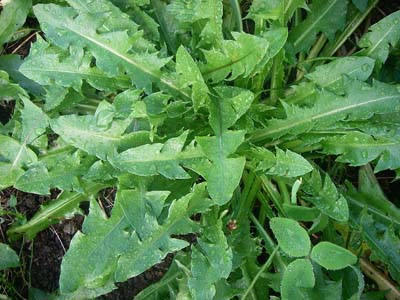
Wild Edible Greens By Filip Tkaczyk
Some of the most delicious and abundant wild foods are wild edible greens. These wild plants are often far more nutritious for us than their domestic counterparts. One of the best ways to get familiar with these wild plants is to include them in your daily meals. Once you have properly identified and harvested them from a clean source, the next step is making them a regular part of your life. Consider them as a daily dose of vitamins and a direct way to connect to the wild.
Below are some commonly encountered wild greens and suggestions for when to harvest them and how best to include them in your daily life.
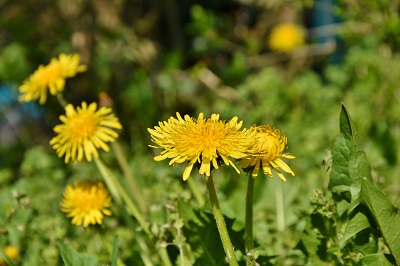
Dandelion (Taraxacum officinale)
This familiar garden and lawn weed is one of the choice wild edible greens. Though it can be bitter, it is packed with vitamins and helps with digestion. The younger leaves are best, being less bitter and also less fibrous. The greens are typically gather at earlier stages of growth, such as in spring.
Those who can handle a little bitterness might enjoy eating it raw as part of a mixed salad or as raw additions to sandwiches (instead of lettuce). Dandelion leaves can also be blended with other greens, pine nuts, parmesan cheese and olive oil to make an excellent pesto. Otherwise, it might be better enjoyed cooked. The leaves can be chopped and cooked into a scramble or stir-fry.
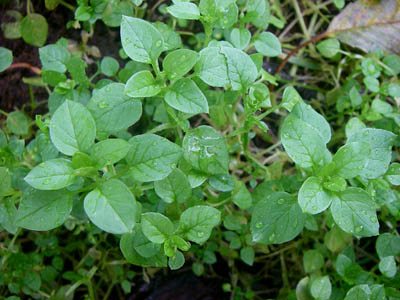
Chickweed (Stellaria media)
This small, delicate succulent wild edible green is often found in gardens, empty lots and other areas of disturbed soil. Its spade-shaped, opposite leaves have a very pleasant mild flavor. Chickweed is best harvested in early spring or early fall, but may be found growing in the middle of summer around moist places or much of the year in mild climates.
They are an excellent choice as a salad green, and are enjoyed by many. The greens of this plant are also a good choice to use as a base for pesto (to which some dandelion can be added for additional nutrition). They are an excellent choice for flavorful greens inside of fresh rolls.
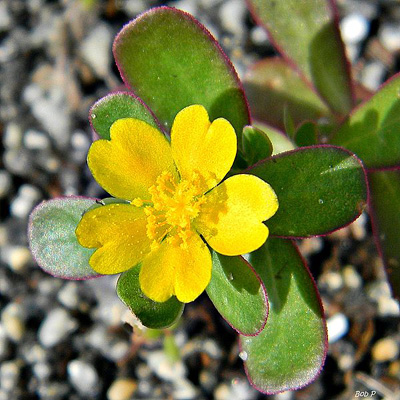
Purslane (Portulaca oleracea)
This sprawling,
reddish-stemmed succulent is a common plant found in urban, suburban
and rural areas in many parts of North America. This plant is resilient
enough to grow out of cracks in concrete, but more commonly found in
disturbed, well-drained soils. This is a summertime wild edible green
and is best sought once things have warmed up into the 80's F or higher.
This
slightly lemony green is a great addition to salads, as well as a good
garnish with meat or fish. The tender ends are a good replacement for
or addition to store-bought sprouts. This plant is rich in omega-3
fatty acids.
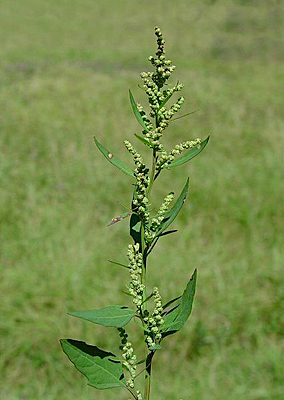
Lamb's Quarters (Chenopodium album)
This
delicious leafy green is also sometimes called "wild spinach." This
plant is found frequently as a volunteer in large garden beds and in the
edges of farm fields. The toothed leaves of this plant are covered in a
fine dusting of tiny waxy crystals, and this is often most visible near
the top of the plant on the new growth.
This is another great
plant that can be eaten raw as part of a salad, sandwich or garnish. Its
rich flavor also makes it an excellent base for a pesto by itself or
mixed with other wild greens. It can also be cooked like the more
familiar spinach. The stems of younger plants are very good steamed.
Be More Prepared For Your Next Outdoor Adventure!

Don't leave home without knowing these six essential survival skills. Our free survival mini guide reveals the strategies of:
- Shelter & fire to prevent the number one cause of death
- Obtaining clean water to avoid life-threatening dehydration
- Common wild survival foods and other critical skills!

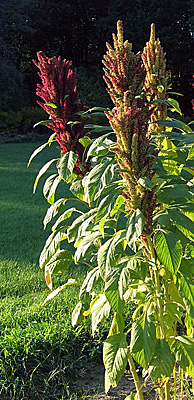
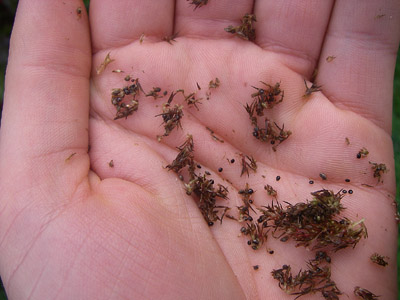
Amaranth (Amaranthus ssp.)
This is a group of similar looking plants sometimes called "pigweed." This is one of the spring to summertime wild edible greens. Its deeply veined leaves are mild in flavor and are a good addition to mixed salads. Like lamb's quarters, it is also sometimes cooked and used like spinach.
This plant also produces tiny edible seeds (visible in the image above), which can be used to make flour. This plant is grown in many parts of the world as a drought-tolerant source of greens and grain.
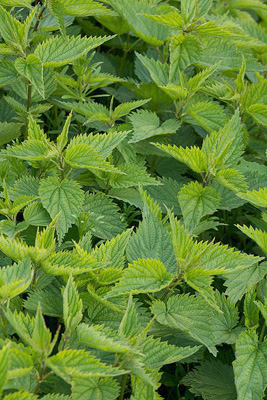
Stinging Nettle (Urtica dioica)
Though not
typically eaten raw, this plant is a excellent wild edible green when
cooked. This plant is best eaten when it's still young, about 6-12
inches tall. These younger shoots are typically found in early spring
or sometimes early fall. The stinging hairs on this plant contain
formic acid and typically cause only temporary discomfort. A few minutes
of cooking destroys these stinging hairs and makes nettle harmless.
Nettles
leaves are excellent steamed, cooked with eggs, stir-fried or added to
soups. These wild edibles are another excellent choice for pesto. This
plant is packed with vitamin A, C, D, iron and calcium.
Final Thoughts
Experiment
with trying these wild edibles in the ways suggested here or be
creative and try them in other ways. Remember, one of the best ways to
experience the full benefits of wild edible greens to include them as
part of your regular diet. Enjoy these delicious wild plants!
By the way, when you're out foraging for wild plants and mushrooms, it's important to know how to stay safe in the outdoors, especially if you were to get lost. Right now you can get a free copy of our mini survival guide here, where you'll discover six key strategies for outdoor emergencies, plus often-overlooked survival tips.
Additional Resources on Wild Edible Greens:
For more information and hands-on experience with wild edibles, check out our: Wild Edible and Medicinal Plants Courses
For more information on wild edible green check out this article from MotherEarthNews.com

About the Author: Filip Tkaczyk is a periodic guest teacher at Alderleaf. He also wrote the field guide Tracks & Sign of Reptiles & Amphibians. Learn more about Filip Tkaczyk.
Return from Wild Edible Greens to Wild Edible Plants Articles
Is The Essential Wilderness Survival Skills Course Right for You? Take the "Online Survival Training Readiness" Quiz
See for yourself if this eye-opening course is a good fit for you. It takes just a few minutes! Get your Survival Training Readiness Score Now!

Grow Your Outdoor Skills! Get monthly updates on new wilderness skills, upcoming courses, and special opportunities. Join the free Alderleaf eNews and as a welcome gift you'll get a copy of our Mini Survival Guide.

 The Six Keys to Survival: Get a free copy of our survival mini-guide and monthly tips!
The Six Keys to Survival: Get a free copy of our survival mini-guide and monthly tips!
Learn more